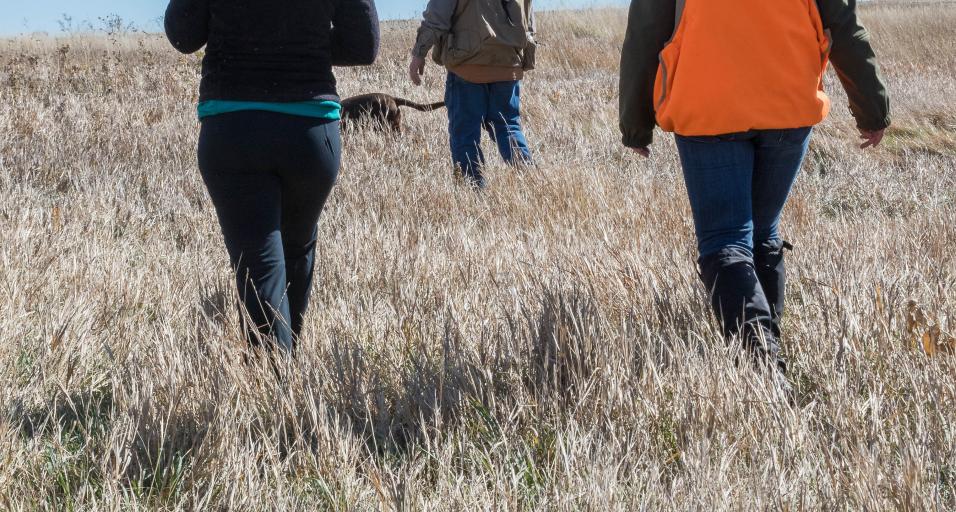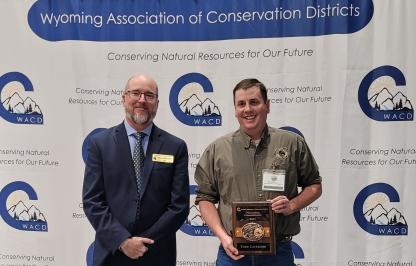It has been a challenging year for the two bird farms that stock pheasants in Wyoming, but hunters can still expect quality opportunities to harvest birds this fall.
The Downar Bird Farm in Yoder and the Sheridan Bird Farm — both operated by the Wyoming Game and Fish Department — are stocking nearly 30,000 pheasants this year at walk-in hunting areas and Game and Fish wildlife habitat management areas. Downar plans to release between 16,000-17,000 pheasants, which is what it normally does each year. Sheridan is scheduled to release around 12,000 birds, similar to last season but down from up to 18,000 it traditionally stocks.
“Pheasant hunting will be very good this year in southeast Wyoming,” said Ben Milner, Game and Fish bird farm coordinator at Downar.
Darrell Meineke, program supervisor at the Sheridan Bird Farm, said cover looks good at many of the release sights for birds and young chicks appear to be healthy.
Highly pathogenic avian influenza had an impact on several bird populations around the country and in Wyoming, including captive-raised pheasants. The Sheridan Bird Farm had to euthanize its brood flock as two cases of HPAI were discovered in wild turkeys near the facility.
“This was a heartbreaking decision but we felt risking an infection in 1,200 pheasants and the associated potential for community spread was irresponsible,” Meineke said. “This occurred when we were gathering eggs, so our farm was unable to gather the approximately 20,000 eggs needed for full production.”
Meineke said around 10,000 eggs were gathered before the euthanization, and Downar gave Sheridan about 5,000 eggs to bolster bird numbers this fall.
Biosecurity is always a priority at both bird farms, but that increased this year due to HPAI.
“We improved our cleaning practices to more effectively sanitize our equipment and bird rearing areas,” Milner said. “We have eliminated visitation during periods of HPAI spread and closely monitored visitation throughout the year. We also have implemented a rigorous rodent control program. All these precautions help minimize the impact that not only HPAI has on the farm, but all diseases that may affect production.”
Drought and supply-chain shortages are other recent challenges for Wyoming’s bird farms, but the news isn’t all bad.
Meineke said changes in the regulations at walk-in areas in Sheridan and Johnson counties have allowed the Sheridan facility to stock both sexes of birds for hunters at locations requiring a pheasant management stamp. This makes stocking more fluid and healthier for the birds because of less handling. Meineke also is optimistic birds that leave hunting areas have better opportunities to find suitable habitat near those areas to breed and reproduce.
“Birds at the Sheridan and Downar farms are hatched from wild birds captured out of North Dakota and are heartier birds with better survival instinct than birds previously raised,” Meineke said.
This story, written by Robert Gagliardi, associate editor, originally appeared in the Oct. 2022 issue of Wyoming Wildlife magazine. Call (800) 710-8345 or go online to subscribe for $14.95 for 12 issues.
Bird farms provide hunters with ample opportunities this fall
Nish Goicolea - nish.goicolea1@wyo.gov



